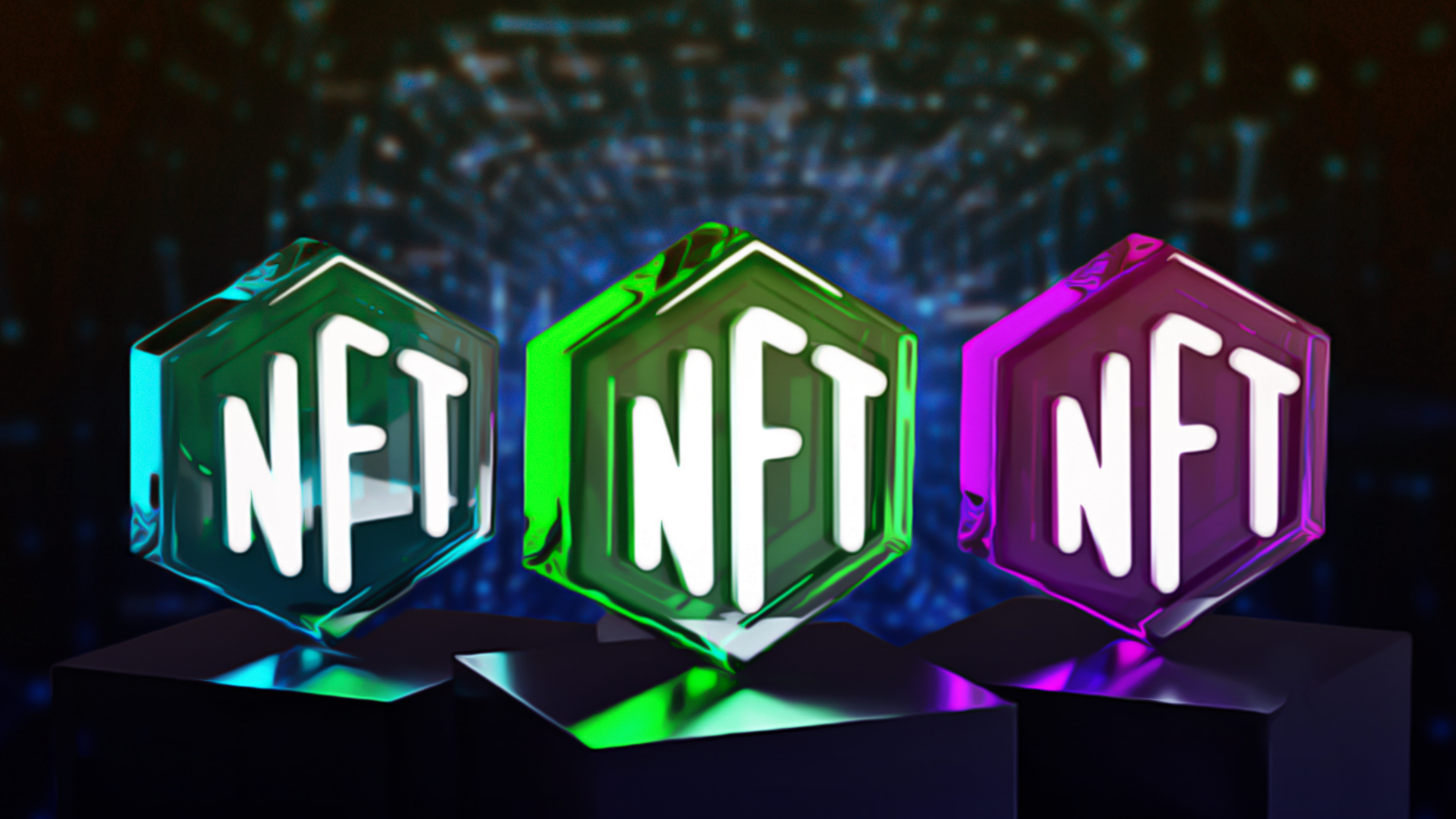- Fashion NFTs have gained traction in the eyes of fashion enthusiasts.
- The NFT market size is likely to reach $231 Billion by 2030.
NFTs In Fashion Industry
NFTs are unique tokens that prove an asset’s ownership. To ensure transparency of ownership and authenticity, these NFT transactions are recorded on a blockchain, which is an open-source decentralized ledger.
NFTs are largely associated with artworks, music albums, images, videos, and real estate. Lately, NFTs have made their mark in the apparel industry as well.
These fashion NFTs can take many forms, such as virtual garments for customers to use in the virtual world, digital content for human interaction, and a set of two identical creations as well.
The digital dress “Iridescence” sells for $9500 on the blockchain. It was the first-ever sale of a fashion NFT. Following this, a number of big fashion brands such as Louis Vuitton, Nars, Burberry, Balmain, Levi’s, Dolce & Gabbana, etc. In addition, Balmain has come out with four NFT projects, with more in progress.
Vogue Business Index suggests that around 17% of the total brands in the index have worked with NFTs as of winter 2021.
How Are NFTs Benefiting The Fashion Industry?
NFTs add great value to the fashion industry. It provides multiple benefits to creators, such as allowing them to authenticate the ownership and authenticity of their creations on a blockchain. Moreover, it also allows customers to buy those digital assets, which can give substantial monetary benefits to the creator.
This has triggered a craze among famous fashion design houses to acquire the required skills to design NFTs. The involvement of NFTs in the fashion industry has given rise to a number of monetary opportunities for designers and creators by birthing inventive concepts like NFT wearables.
NFT wearables are digital items that a user’s avatar can pour itself into inside virtual spaces like the metaverse and games. These wearables range from clothing to other fashion accessories. For example, from jeans to jewelry.
What Are Phygital NFTs and Uses?
As the name suggests, Phygital NFTs are NFTs paired with physical items. Many brands offer NFT versions of their physical products, such as sneakers, clothing, etc. Brands such as Nike have come out with phygital NFTs of their basketball sneaker line. Among all the phygital NFT events, Dolce & Gabbana’s Collezione’s auction sale in 2021 is in a class of its own. A collection of nine phygital NFTs was sold for a whopping $6 million worth of Ether (ETH). This clearly displayed the potential of NFTs in the fashion world.
The Future Scope Of NFTs In The Fashion Industry
NFT adoption is on the rise, which is a positive sign for its future scope, considering its widespread adoption throughout the market.
The NFT market was projected to reach $15.54 Billion in 2021 due to the NFT industry’s constant growth over the last several years.
The most recent forecasts indicate that by 2030, this value will probably reach around $231 Billion, mostly due to the growing deployment of NFTs across the world.
Based on these predictions, the NFT industry is expected to gain widespread adoption as NFTs become mainstream. It is likely that, this development will fuel the growth of the NFT wearables market.
The current trend of utilization of NFT in the fashion industry has the potential to escalate the demand for phygital and virtual assets among digital-couture aficionados.

